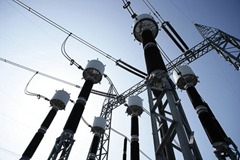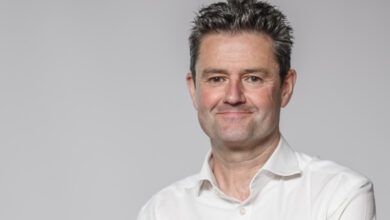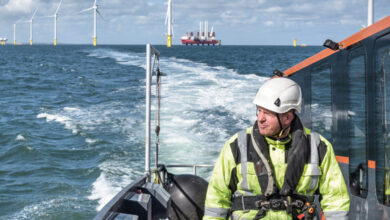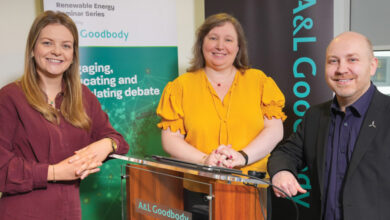North/South Interconnector progressing slowly
 MLAs are calling for this critical link to be prioritised in the planning process.
MLAs are calling for this critical link to be prioritised in the planning process.
From the point of view of those in Northern Ireland who concern themselves with keeping the lights on, the most important planned energy infrastructure project now under development is the (second) North/South electricity interconnector.
The proposed link is a joint €165 million project between Ireland’s electricity grid manager EirGrid and Northern Ireland Electricity (NIE). The proposed 275/400kV interconnector would connect to the Northern Ireland grid at Turleenan near Moy in Tyrone, run 34 kilometres South to the Cavan border (mainly through County Armagh) and onward to connect to the southern grid at Woodland, County Meath.
There has been very strong public opposition to the interconnector on both sides of the border and as a result the project has been significantly delayed through the planning system.
In the Republic of Ireland, Eirgrid is hopeful that its planning application will be ready to be dealt with by An Bord Pleanála in the first half of this year although in that jurisdiction the project has got caught up in a wider (and heated) public debate around grid development generally.
In Northern Ireland, NIE first applied for planning permission as far back as December 2009. However, after a referral to the Planning Appeals Commission (PAC) in 2012, the company decided to resubmit a revised application the following year. It is expected that the PAC will resume consideration of the application later in 2014.
The promoters of the interconnector, North and South, have been increasingly dismayed at the delays in what they see as a vitally important project in the interests of all electricity consumers.
They point out that the new link will complete the integration of the two previously separate electricity networks on the island and enhance energy security of supply generally. They also argue that the link is needed to strengthen the grid so that it can accommodate the substantial increase in renewable energy generation (mainly wind) planned as a central part of government energy policy. NIE has also estimated that there is a cost of at least £20-30 million for each year the planned interconnection is not there.
Opposition to the interconnector in Northern Ireland is based on two unrelated considerations. Firstly, there is the question of health impacts for those living near the lines. Usually, given that the interconnector is essentially a power line not dissimilar to those that already straddle the North, it is an argument that can be overcome.
The second issue is the opposition on the grounds of visual impact as this major tower line runs through scenic parts of Tyrone and Armagh. The well-organised opposition, supported by their local political representatives, acknowledge the need for the link but insist that it can be put underground. A 2009 study by engineering consultants Parson Brinckerhoff (updated in 2013) concluded that ‘undergrounding’ would cost four to five times as much and was therefore completely cost-prohibitive. Supporters of undergrounding argue that the differential is actually much less.
In the Republic, this argument has forced the Government to set up an expert panel to examine undergrounding as an option for all of EirGrid’s major new power lines, although crucially the North/South Interconnector has not been immediately included in the expert inquiry.
In the meantime, Northern Ireland’s energy authorities are beginning to twitch. The Department of Enterprise, Trade and Investment and the Utility Regulator have acknowledged that the delay in commissioning the interconnector has heightened the risk of “the lights going out” and two successive reports by the Assembly’s Enterprise, Trade and Investment Committee have highlighted the criticality of getting the interconnector onstream as soon as possible. Just recently, the Assembly endorsed a committee recommendation that the independent PAC should deal with the planning application as a top priority. Time will tell if this growing sense of urgency will have a noticeable impact on progress.





